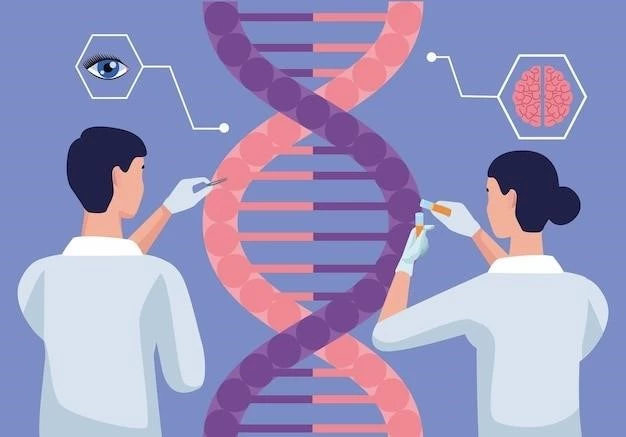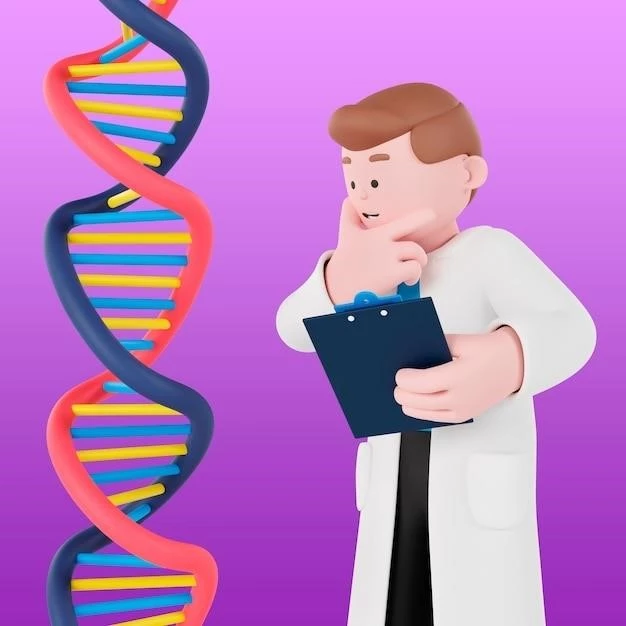Disease ⎻ Gordon Syndrome
Gordon Syndrome is a rare genetic disorder characterized by muscle weakness, deafness, jaw abnormalities, swallowing difficulties, gait abnormalities, and misaligned fingers and toes. This article will delve into the genetic basis, symptoms, diagnosis, treatment options, management strategies, prognosis, and quality of life considerations for individuals with Gordon Syndrome.
Overview of Gordon Syndrome
Gordon Syndrome, also known as distal arthrogryposis type 3, is a rare genetic disorder characterized by a combination of muscle weakness, deafness, jaw abnormalities, swallowing difficulties, gait abnormalities, and abnormal positioning of fingers and toes. Individuals with Gordon Syndrome may also present with contractures in the limbs, requiring orthopedic interventions like surgery and physical therapy.
The syndrome may result in challenges with mobility due to muscle weakness and may necessitate the use of mobility aids. Some individuals with Gordon Syndrome may benefit from muscle relaxants to manage muscle stiffness. Speech therapy can aid in addressing communication difficulties, while feeding tubes may be utilized for individuals with swallowing difficulties. Overall, the complex nature of Gordon Syndrome requires a multidisciplinary approach to care involving various specialists to address the diverse symptoms associated with the condition.
Genetic Basis of Gordon Syndrome
Gordon Syndrome is primarily caused by genetic mutations that affect the development of muscles and connective tissues in the body. Specifically, mutations in genes associated with muscle function and development can lead to the characteristic symptoms of the syndrome. One common genetic cause of Gordon Syndrome is mutations in the TPM2 gene, which plays a crucial role in muscle contraction.
These genetic mutations disrupt the normal functioning of muscle cells, leading to muscle weakness and contractures. In addition to the TPM2 gene٫ mutations in other genes such as MYH3 and TNNT3 have also been linked to the development of Gordon Syndrome. The inheritance pattern of Gordon Syndrome is typically autosomal dominant٫ meaning that an individual only needs to inherit one copy of the mutated gene to develop the condition.
Genetic testing is essential for confirming a diagnosis of Gordon Syndrome and identifying the specific genetic mutations involved. Understanding the genetic basis of the syndrome is crucial for providing appropriate genetic counseling to affected individuals and their families. Research into the genetic mechanisms underlying Gordon Syndrome continues to expand our knowledge of the condition and may lead to advancements in treatment and management strategies in the future.
Symptoms and Clinical Presentation
Individuals affected by Gordon Syndrome present with a range of symptoms that contribute to the clinical complexity of the condition. Common symptoms include muscle weakness, particularly in the distal muscles of the limbs, leading to difficulties with movement and coordination. Deafness or hearing impairment may also be present, affecting communication and quality of life.
Jaw abnormalities such as micrognathia or retrognathia can contribute to feeding and speech difficulties in individuals with Gordon Syndrome. Swallowing difficulties may arise due to impaired muscle function in the throat and esophagus. Gait abnormalities, such as a waddling or unsteady gait, are often observed in affected individuals.
Fingers and toes may be misaligned, with contractures affecting joint flexibility. These physical abnormalities can impact an individual’s ability to perform daily tasks and may require orthopedic interventions such as surgery or physical therapy. The combination of symptoms seen in Gordon Syndrome underscores the need for a comprehensive approach to diagnosis and management that addresses the multisystem nature of the disorder.

Diagnosis and Treatment Options
Diagnosing Gordon Syndrome typically involves a comprehensive evaluation of the individual’s medical history, physical examination, and genetic testing. Identification of characteristic symptoms such as muscle weakness, deafness, jaw abnormalities, and misaligned fingers and toes can guide healthcare providers towards a suspected diagnosis of Gordon Syndrome. Genetic testing plays a crucial role in confirming the presence of specific mutations associated with the syndrome.
Once diagnosed, the management of Gordon Syndrome often requires a multidisciplinary approach. Treatment options may include orthopedic interventions such as surgery to address contractures and improve joint mobility. Physical therapy can help individuals enhance muscle strength and coordination, while speech therapy may be beneficial for addressing communication and swallowing difficulties.
In some cases, muscle relaxants may be prescribed to manage muscle stiffness and discomfort. For individuals with severe swallowing difficulties, the use of a feeding tube may be necessary to ensure adequate nutrition and hydration. Mobility aids and assistive devices can also improve quality of life for individuals with Gordon Syndrome by enhancing mobility and independence.
Management Strategies for Gordon Syndrome
Managing Gordon Syndrome requires a comprehensive and individualized approach to address the diverse symptoms and challenges faced by affected individuals. Orthopedic interventions, including surgical procedures to correct contractures and improve mobility, play a significant role in the management of musculoskeletal abnormalities associated with the syndrome.
Physical therapy is a cornerstone of treatment, aiming to enhance muscle strength, improve range of motion, and optimize functional abilities. Speech therapy can assist individuals in overcoming communication barriers and addressing swallowing difficulties that may arise due to jaw abnormalities and muscle weakness.
In cases of severe muscle stiffness and discomfort, muscle relaxants may be prescribed to alleviate symptoms and improve overall comfort. For individuals with significant swallowing difficulties, the use of a feeding tube may be essential to ensure adequate nutrition and hydration.
Moreover, the provision of mobility aids and assistive devices can enhance mobility and independence for individuals with Gordon Syndrome. Assistive technologies tailored to address specific needs, such as adaptive utensils for feeding or devices for mobility support, can significantly improve quality of life and facilitate daily activities.
Prognosis and Quality of Life
The prognosis for individuals with Gordon Syndrome varies depending on the severity of symptoms and the responsiveness to management strategies. While the syndrome is a lifelong condition, early diagnosis and comprehensive care can significantly improve quality of life and functional outcomes for affected individuals.
Managing the complex array of symptoms associated with Gordon Syndrome through a multidisciplinary approach can enhance overall well-being and promote independence. Orthopedic interventions, physical therapy, speech therapy, and other treatment modalities aim to address specific challenges and improve daily functioning.
Despite the challenges posed by muscle weakness, deafness, jaw abnormalities, and other symptoms, individuals with Gordon Syndrome can lead fulfilling lives with appropriate support and interventions. Assistive devices, mobility aids, and adaptive technologies can empower individuals to navigate daily tasks and engage in social and recreational activities.
Genetic counseling and ongoing medical monitoring are essential components of care for individuals with Gordon Syndrome and their families. By staying informed about the latest advancements in research and treatment options, healthcare providers can offer tailored support to enhance the quality of life and long-term prognosis for individuals living with Gordon Syndrome.
